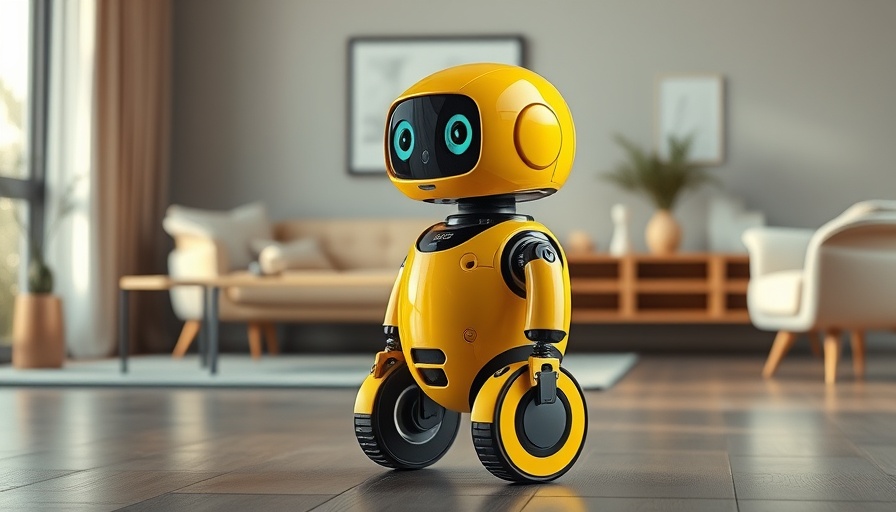
Does Google Gemini Add Value to Samsung's Ballie?
The recent integration of Google's Gemini into Samsung's Ballie AI robot has generated buzz in tech circles, but does it really enhance the robot's practical utility? As someone who has observed various AI applications over time, it's clear that simply pairing an advanced AI with a hardware device doesn't automatically result in a breakthrough innovation. A memorable example of this was a robot dog equipped with ChatGPT; while it could engage in conversation, its physical abilities, like opening doors, remained unimproved. This brings us to the question of what exactly Gemini contributes to the Ballie beyond what it already offers.
Understanding the Capabilities of Ballie and Gemini
Samsung's Ballie is more than just a rolling ball; it’s a sophisticated device equipped with various sensors, projectors, and cameras designed to assist users within their homes. The integration of Gemini, an AI capable of understanding natural language and images, suggests that interactions with Ballie could become both richer and more intelligent, potentially advising on activities to enhance your day based on user inputs.
However, the reality is a bit more complex. While Gemini enhances Ballie's communication capabilities, the fundamental challenges in physical interaction remain. For instance, although Ballie can inform and provide visual feedback through projections, it lacks the physical dexterity to execute tasks, diminishing its role as an innovative home assistant.
The Limitations of AI in Physical Robotics
The essence of intelligent robotics isn't merely about verbal interaction; it’s also about useful, tangible outcomes. Ballie's impressive hardware features, including dual projectors and depth sensors, provide a robust framework for home interaction, but these don't automatically ensure that the robot can perform complex tasks. What good is advanced AI if it cannot leverage its capabilities to perform actions effectively?
The examples resonate with the limitations observed in other AI integrations. While Gemini's voice and language capabilities may impress, they don't equate to actionable tasks such as folding laundry or handling objects. The core issue lies in the gap between verbal intelligence and the ability to execute real-world actions. As various tech enthusiasts noted, the excitement around robotics often stems from their physical functionalities, things that AI voice integrations alone cannot replicate.
Future Insights: The Need for Enhanced Robotics
As we critically assess the future vision for AI-integrated devices, it becomes increasingly important to set clear expectations. The market is ripe with potential for growth, yet the realization of effective robotics requires more than just clever AI. Companies need to invigorate their approaches towards creating tangible capabilities rather than relying solely on verbal sophistication.
This reality aligns with ongoing discussions in robotic technology, emphasizing that true innovation should focus on enhancing physical capabilities alongside intelligent interaction. In turn, this leads to stronger consumer interest and engagement—a shared desire for robots that can not only understand context but also perform significant tasks that these AI installations promise.
Conclusion: A Call for Holistic Development
In conclusion, as we stand on the brink of advancements in AI and robotics, the integration of technologies like Gemini in devices such as Ballie represents just the beginning. More than clever communication, users crave effective devices that deliver on practical expectations. The industry needs to address the current limitations while adopting a holistic development strategy that embraces both intelligent interaction and tangible execution to bridge the existing gap in consumer robotics.
Actionable Insights: As business professionals, now might be the ideal time to reassess how your organization can incorporate AI-managed tools into your products or services, ensuring they offer not just enhanced communication but also real-world utility. The next wave of robotics innovation will be driven by those who can successfully blend intelligence with operational efficiency.
 Add Row
Add Row  Add
Add 




 Add Row
Add Row  Add
Add 

Write A Comment